23 February 2016
Ms TRISH DOYLE (Blue Mountains): As all members of this House are aware, we are experiencing a housing and homelessness crisis in this State. The cost of housing for prospective buyers and those in the rental market has blown out in recent years. This in turn has pushed low-income earners and workers to the absolute limit as it has become increasingly impossible for them to afford housing. With the push by many in business and our conservative governments toward casualised, insecure employment, more people are living in housing stress.
The National Council of Social Services and Shelter NSW consider affordable housing to be a key contributor to building cohesive, sustainable communities. Affordable housing is an essential service for which government and the property development industry must take responsibility. My office is regularly contacted by people who may be considered the working poor or those on casual wages or Centrelink benefits whose rental property has been sold and who face eviction. With the volatility of the rental market and the massive increases in rent, many of these people face homelessness for the first time in their lives.
Members may be shocked to learn that more than one-quarter of all homeless people in this State are families with children and that the single biggest group of people at risk of homelessness are women and children escaping domestic violence. Nerolie, in my electorate, left her partner of seven years following a domestic violence assault. She was assisted by the local women's refuge. She qualified for housing support and was located in a private rental property for which she pays market rent. Unfortunately, her ex-partner has located her and has moved in with friends who live close by. In the past six months he has seriously assaulted her twice. She must move to keep her children and herself safe. Yet she is at the mercy of the private rental market. She has a number of support services providing advocacy, yet to date she remains at serious risk in her home with the perpetrator living close by.
Government must invest in the supply side of the housing market. This is the only way to correct the abject failure of the market to provide secure, affordable housing to much of the working classes. I welcome and applaud the Federal Labor Opposition's review of negative gearing and encourage a renewed focus on building new housing to increase supply and relieve the pressure on existing housing prices. Improving land release and planning approval processes would also help ease the pressure, but this must be done with a view to long-term sustainability and positive community outcomes.
Those who stand to make a substantial profit out of developing a greenfield or a brownfield site should be required to contribute towards the level of long-term community wellbeing in that development. In my view, developer levies must remain a significant contributor to the development of social infrastructure in order to achieve positive social outcomes for local communities. The lack of social housing in New South Wales and its contribution to homelessness and housing-related poverty is well documented. The waiting time for public or social housing in the Blue Mountains is more than 12 years. I relate Christy's story:
After leaving my ex-husband, I was told I would not be considered for housing and certainly not a priority because we had family who were willing to take us in.
Even though that meant 7 of us living in a 3 bedroom house, the 3 boys and I sharing 1 bedroom, the 3 boys sharing a double bed and I was sleeping on an inflatable mattress on the floor.
We would only be considered for housing if my parents wrote a letter stating that they could not have us living at their house (basically lie) which my parents would not do.
In 2010, I was part of a fantastic task force looking at this issue. The Labor Government at the time established the Blue Mountains Nepean Taskforce on Social Housing and Homelessness. A fantastic team of people from across the region, across the socio-economic divide and across the political spectrum came together. We discussed this complex problem and put forward recommendations around developing a plan to ease the crisis of local homelessness. We ran community consultations, worked with others on regional strategies and celebrated achievements such as Project 40 and the Housing First programs. Working with the most disadvantaged homeless people is tough. I take the opportunity to thank those in the social housing and emergency housing sector who work with and for the most isolated and vulnerable people in society. I thank those in our community who offer a kind word, a glimmer of hope and a smile and afford dignity to those less fortunate.


